How Beyond: Two Souls' photoreal 3D characters were created
Art director Christophe Brusseaux discusses the character building work that drives action-adventure video game's digital Hollywood line-up.
French independent video game development studio Quantic Dream pushed itself to the limits with the creation of PS3 action-adventure video game Beyond: Two Souls. Here, art director Christophe Brusseaux reveals the complex process of bringing the game's 3D characters to life.
Artistic eyes
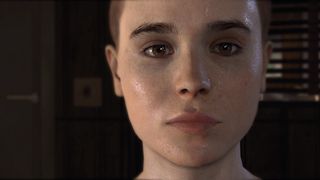
Realistic eye rendering is a key point for this kind of emotional project. There is no special tech to do it, though. We don't have any eye-shader and no dynamic reflections. Instead it's a purely artistic approach, with a perfect balance between shape, texture and shading based on our own eyes.
Skinning scripts
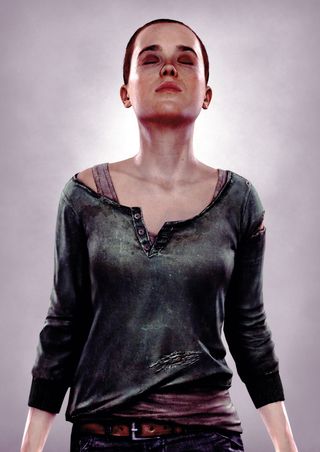
Character skinning is handled with Maya tools plus some additional custom scripts. Our main characters have 256 joints, including an exoskeleton dedicated to improving deformations of various specific areas or to help the physics simulation of things such as hair strands.
Hair with Havok
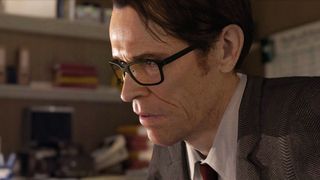
Hair simulation is performed using direct simulations via Havok. The challenge is to keep an elegant shape during the simulation and also avoid penetration with the face and shoulders. We use some capsule colliders to avoid penetrations, but it's not very precise.
The skin shader
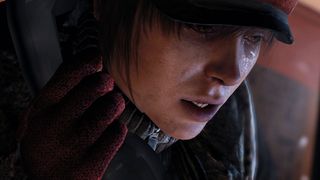
Our Maya-integrated shading technology offers artists a wide range of options to blend different nodes together, to create very complex materials. The skin shader includes many inputs and we have a lot of parameters that allow us to achieve great results.
Sculpting the model
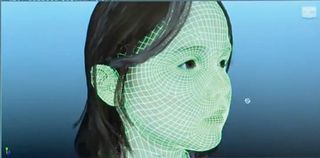
To create the base, the 3D actor scans are imported into ZBrush. The artists clean them up and add details, to match the final look with the concept designs. The model is sculpted in Maya or ZBrush, textures projected using 3D-Coat and fine-tuned with Photoshop.
Texture maps
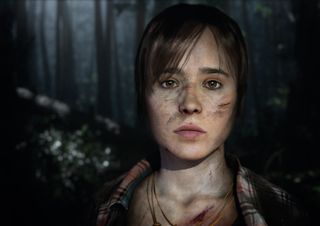
The main characters have 10,000 triangles for the body and 15,000 for the head. On the head we use 2K texture map for the diffuse, 1K for the normal map and less for the specular. In an action scene, the texture focus will be on the body, but for an emotional scene it will be more on the face.
This article originally appeared in 3D World issue 177.

Thank you for reading 5 articles this month* Join now for unlimited access
Enjoy your first month for just £1 / $1 / €1
*Read 5 free articles per month without a subscription

Join now for unlimited access
Try first month for just £1 / $1 / €1
Get the Creative Bloq Newsletter
Daily design news, reviews, how-tos and more, as picked by the editors.
The Creative Bloq team is made up of a group of design fans, and has changed and evolved since Creative Bloq began back in 2012. The current website team consists of eight full-time members of staff: Editor Georgia Coggan, Deputy Editor Rosie Hilder, Ecommerce Editor Beren Neale, Senior News Editor Daniel Piper, Editor, Digital Art and 3D Ian Dean, Tech Reviews Editor Erlingur Einarsson, Ecommerce Writer Beth Nicholls and Staff Writer Natalie Fear, as well as a roster of freelancers from around the world. The ImagineFX magazine team also pitch in, ensuring that content from leading digital art publication ImagineFX is represented on Creative Bloq.
